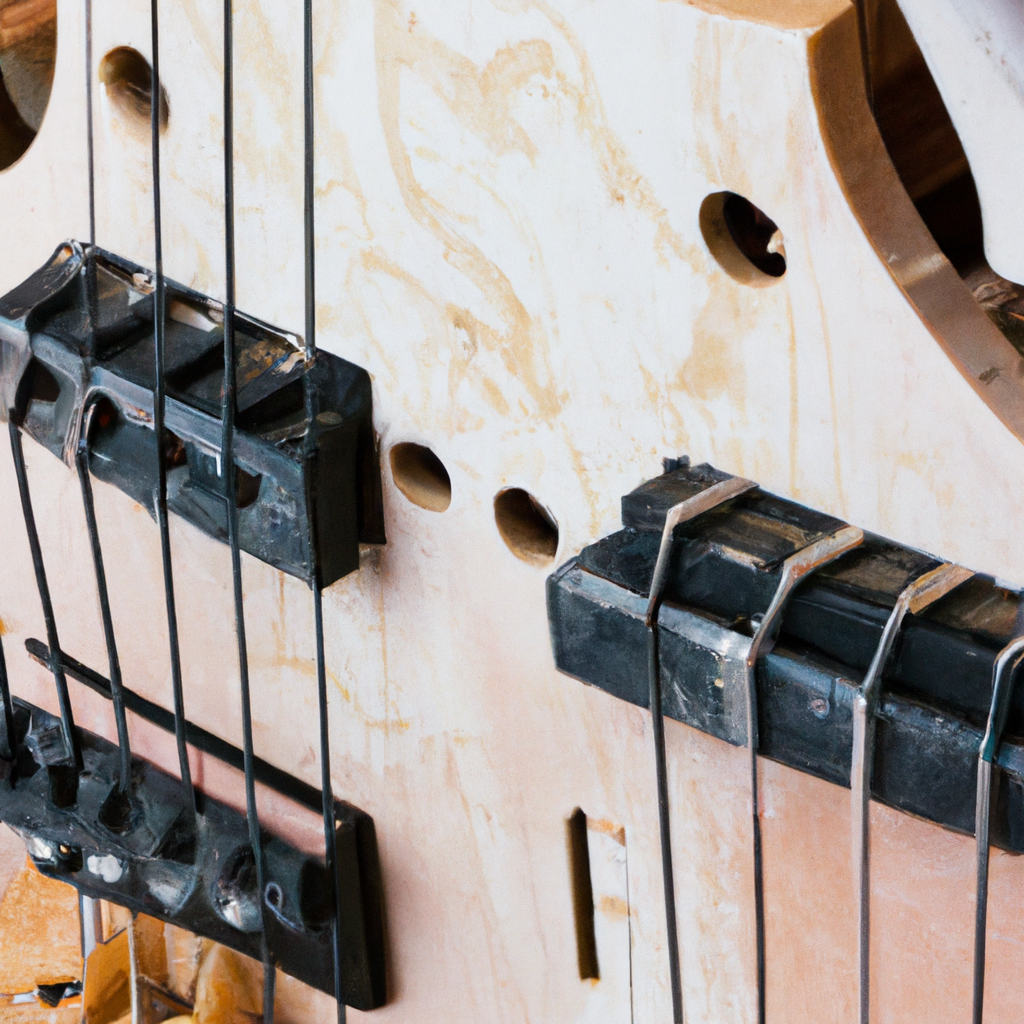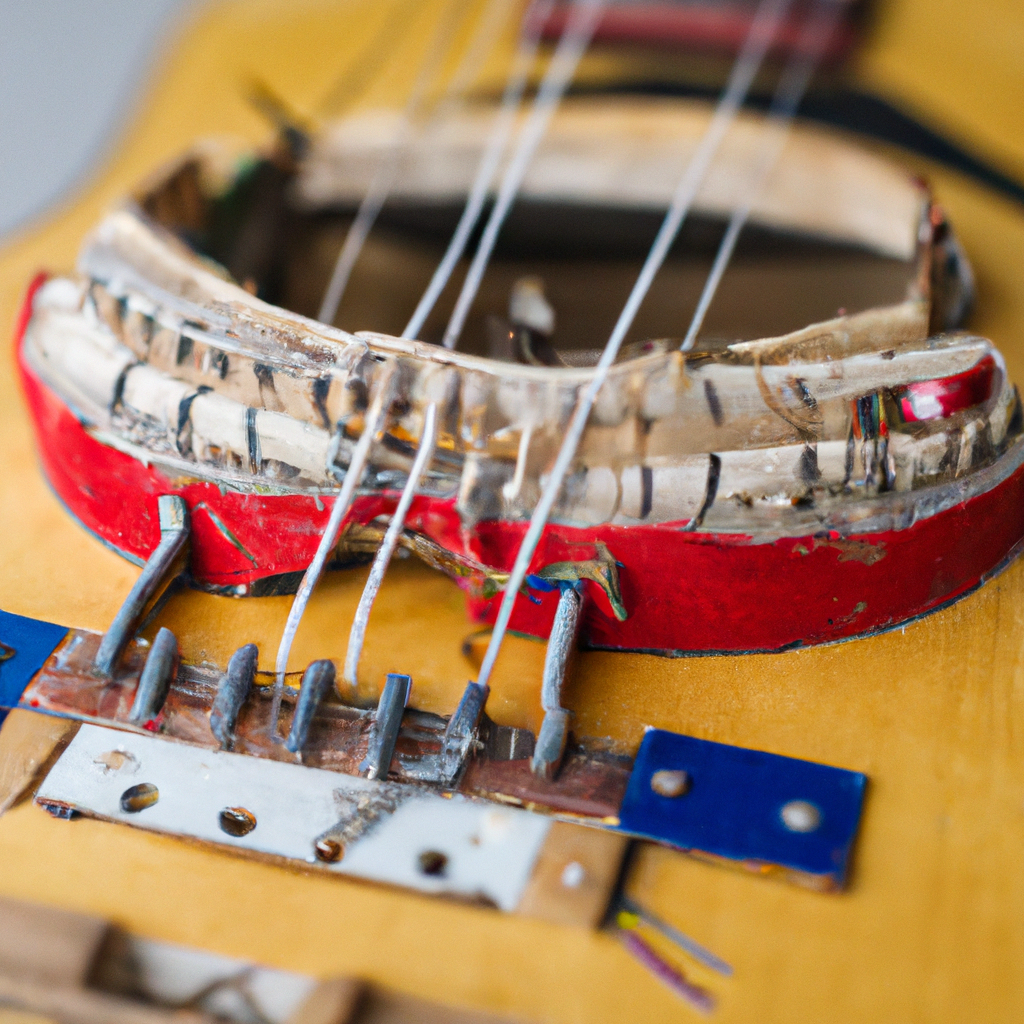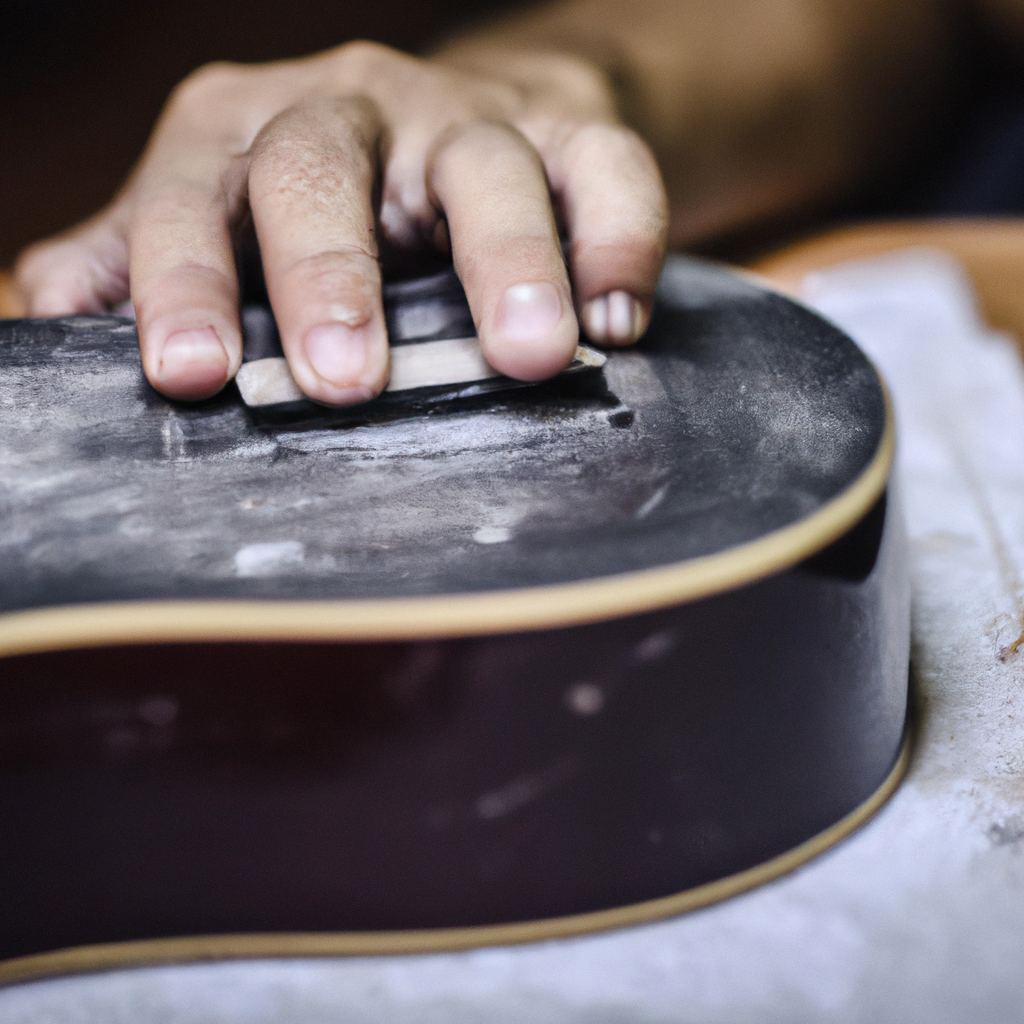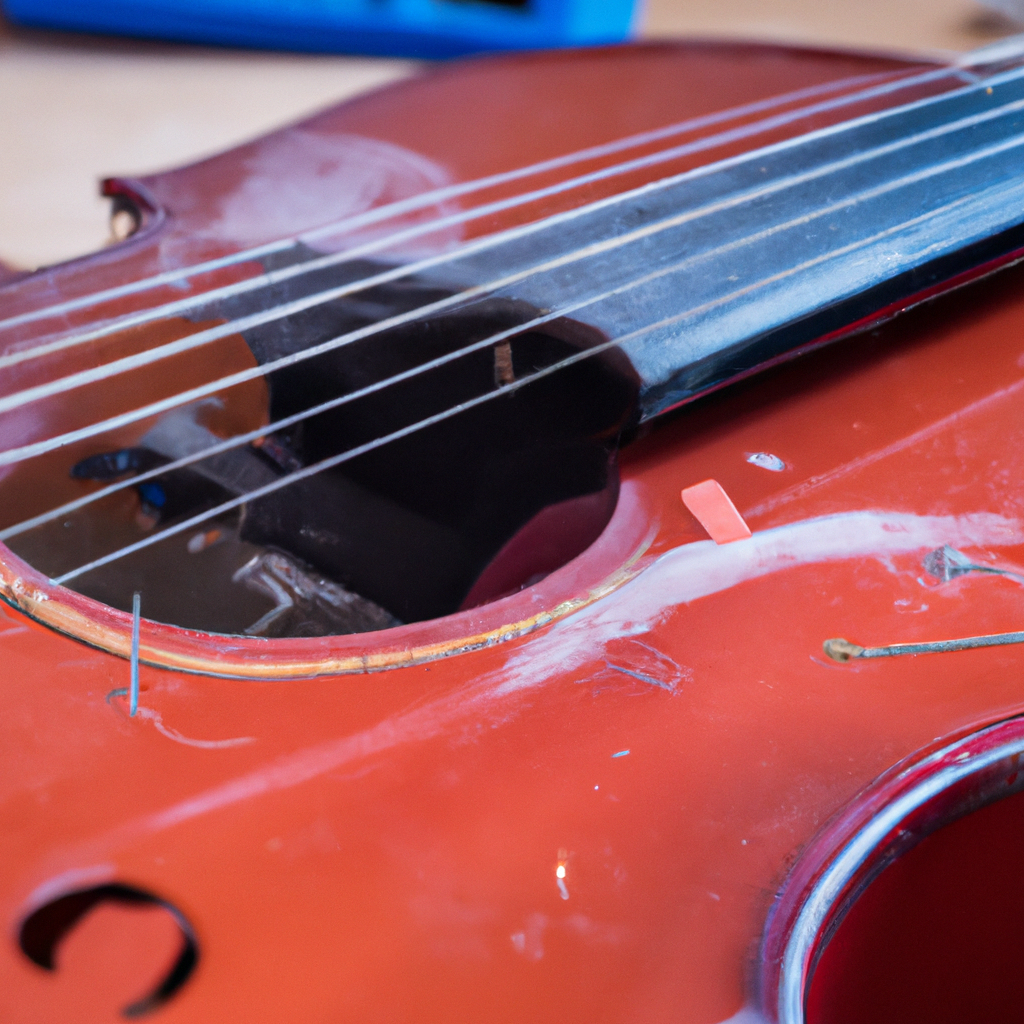Revive the Rhythm: Your Go-To Musical Instrument Repair Hub
Hey there, music lovers and tinkerers! Today, I’m diving into the fascinating world of restoring vintage brass instruments. If you’ve ever laid your hands on an old trumpet or trombone that’s seen better days, you know there’s something magical about bringing it back to life. It’s like giving a voice back to a once-silenced soul.
Let me start with a little story from my own life. A few years ago, I stumbled upon this dusty cornet at a garage sale. The thing was pretty beat up—dents all over and tarnish so thick you could hardly see any shine left. But there was something about it that just spoke to me. Maybe it was imagining the tunes it once played or the parades and concerts it’s been through. So, for 20 bucks, I took it home.
Now, if you’re thinking about restoring one yourself—or maybe you already are—you should know that it’s not all sunshine and rainbows. There are challenges along the way, but that’s part of what makes it rewarding.
First things first: cleaning off all that gunk! Most vintage brass instruments have decades of grime built up on them. A good soak in warm water with some mild soap works wonders here. Just be careful not to use anything too harsh because you don’t want to damage the finish—or whatever’s left of it!
One tip I picked up along the way is using white vinegar for tough spots where soap doesn’t cut it. It really helps lift stubborn stains without being too abrasive.
Once you’ve got everything cleaned up, dents are usually next on the list—and boy can they be tricky! Some folks use special dent removal tools made specifically for brass instruments; others might opt for more creative methods (think wooden dowels or even spoon handles). Personally? I’ve had luck with both depending on how deep those pesky dents are.
There’s also polishing—a step that requires patience and elbow grease in spades! For my old cornet, I used a non-abrasive metal polish applied gently with soft cloths until that dull yellow turned into a gleaming gold again—almost like magic unfolding before my eyes.
But here’s where things get dicey: sometimes during restoration projects we uncover hidden problems lurking beneath layers of corrosion or inside valves that won’t budge no matter how hard we try—and trust me when I say frustration levels can soar sky high when facing these unexpected hurdles!
For instance—I recall working tirelessly over several weekends trying desperately (and failing miserably) at fixing sticky valves only discovering later worn-out felts were causing all sorts mischief internally… who would’ve thought?! Eventually replacing them did wonders though thankfully saving hours spent chasing phantom issues elsewhere within tubing itself (phew!).
And let’s talk about finding replacement parts—oh boy! Vintage means “not readily available” most times which translates searching far wide across online marketplaces hoping someone somewhere might’ve exactly what’s needed fit just right snugly enough ensure proper function without further hiccups down road ahead…
Despite these challenges—and maybe because of them—restoring vintage brass feels incredibly satisfying once completed successfully knowing instrument now ready belt out beautiful melodies anew deserving audience eager hear notes resonate warmly filling air timeless charm sound echoing past into present future alike…
So whether tackling project yourself curious learn more remember journey filled ups downs but ultimately worth every second invested transforming forgotten treasure cherished heirloom capable sparking joy others appreciate craftsmanship dedication poured lovingly breathe new life beloved musical companion awaiting rediscovery embrace open arms appreciation tune legacy lives continue inspire generations come…



